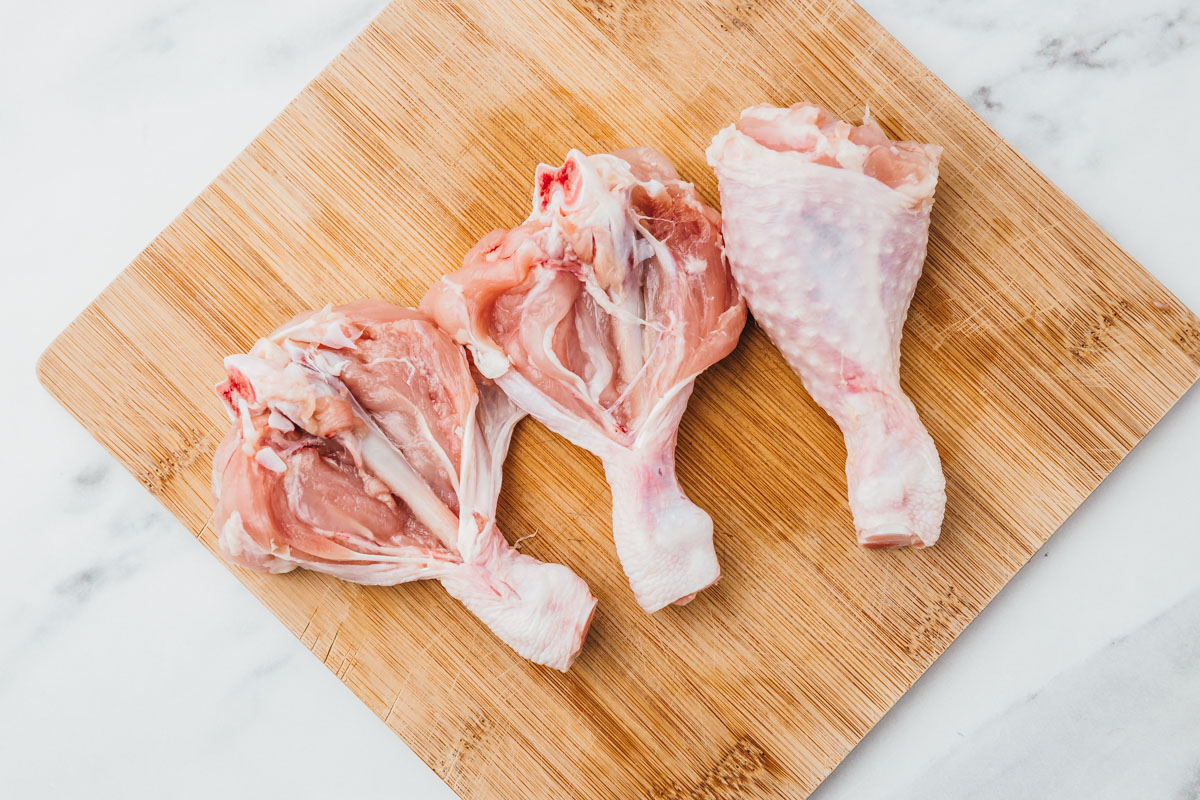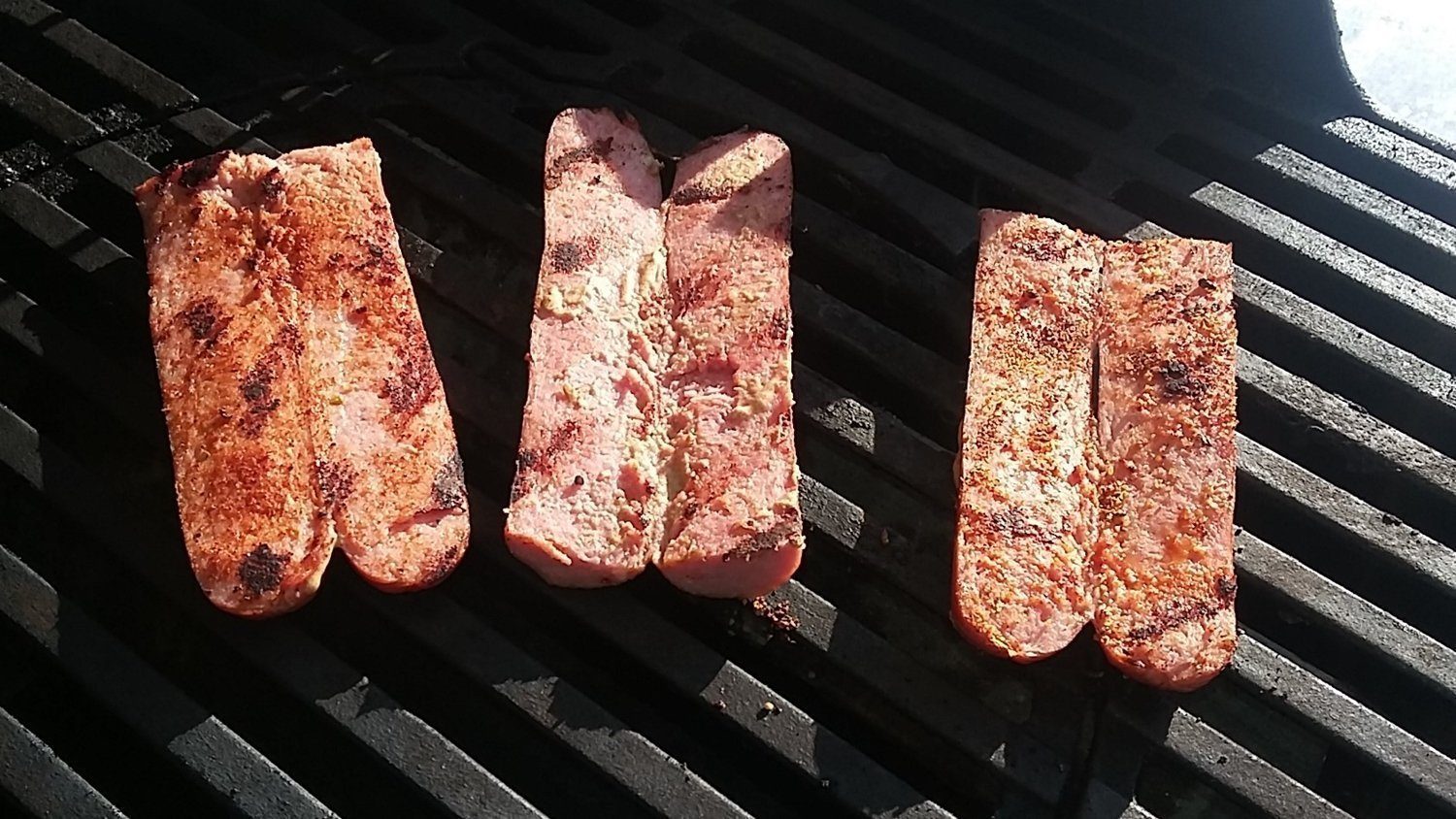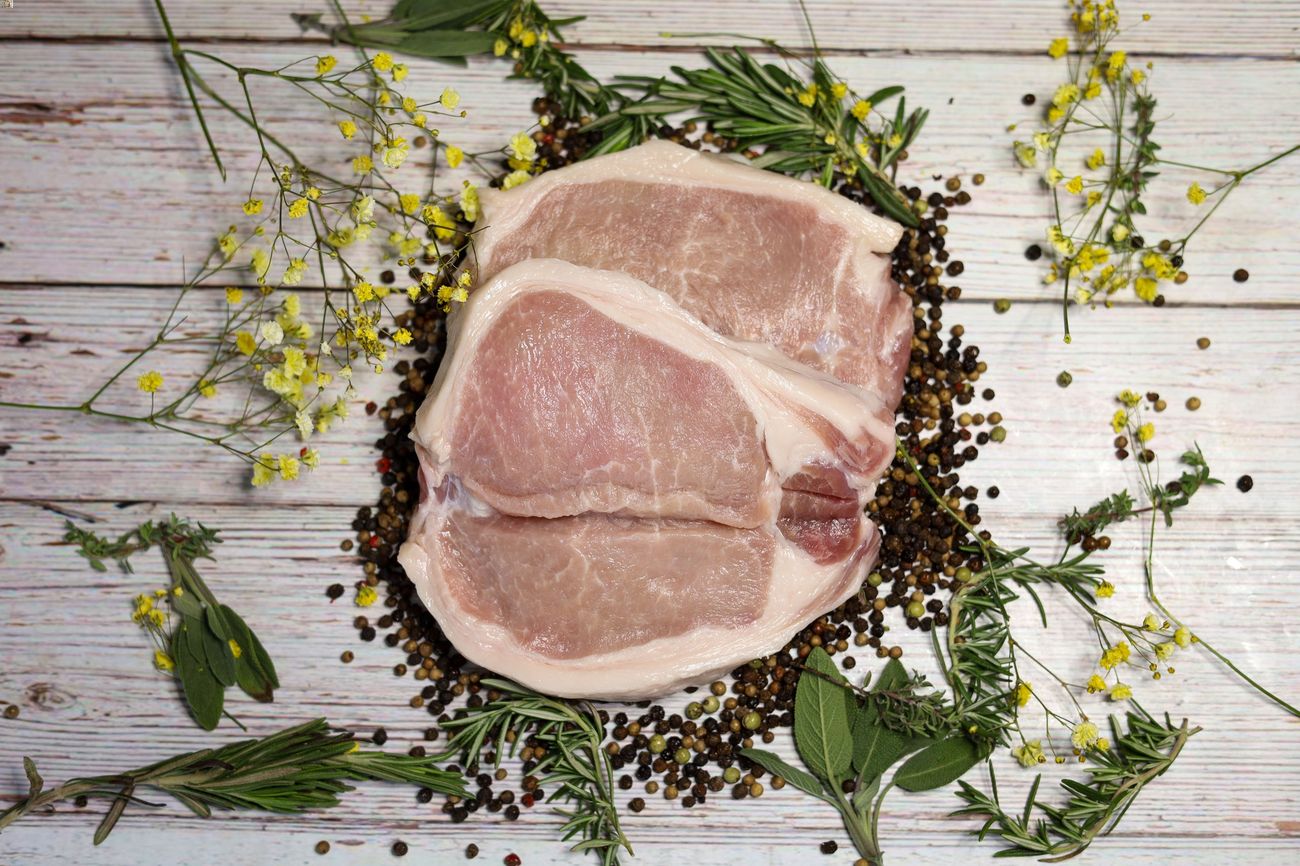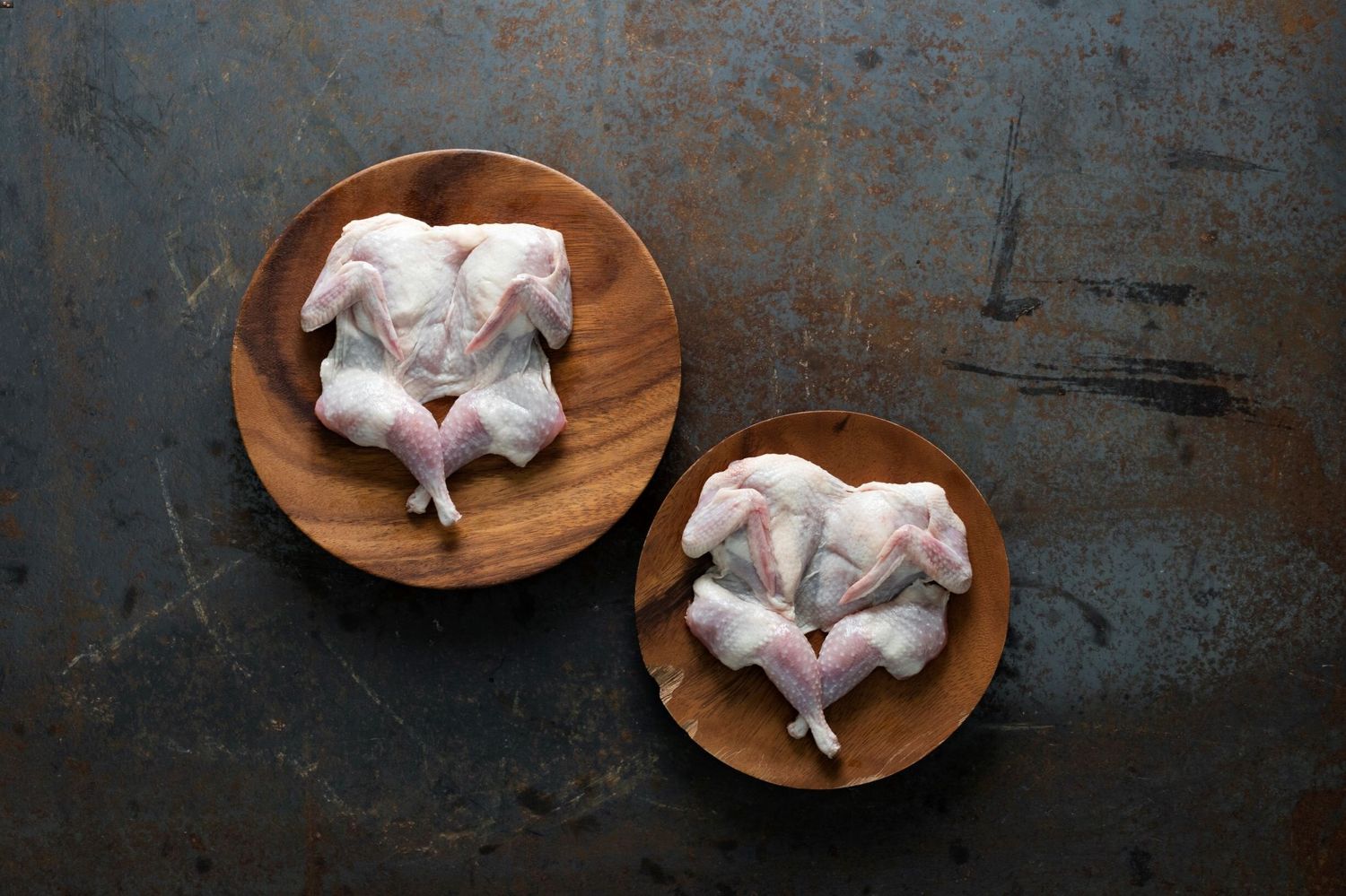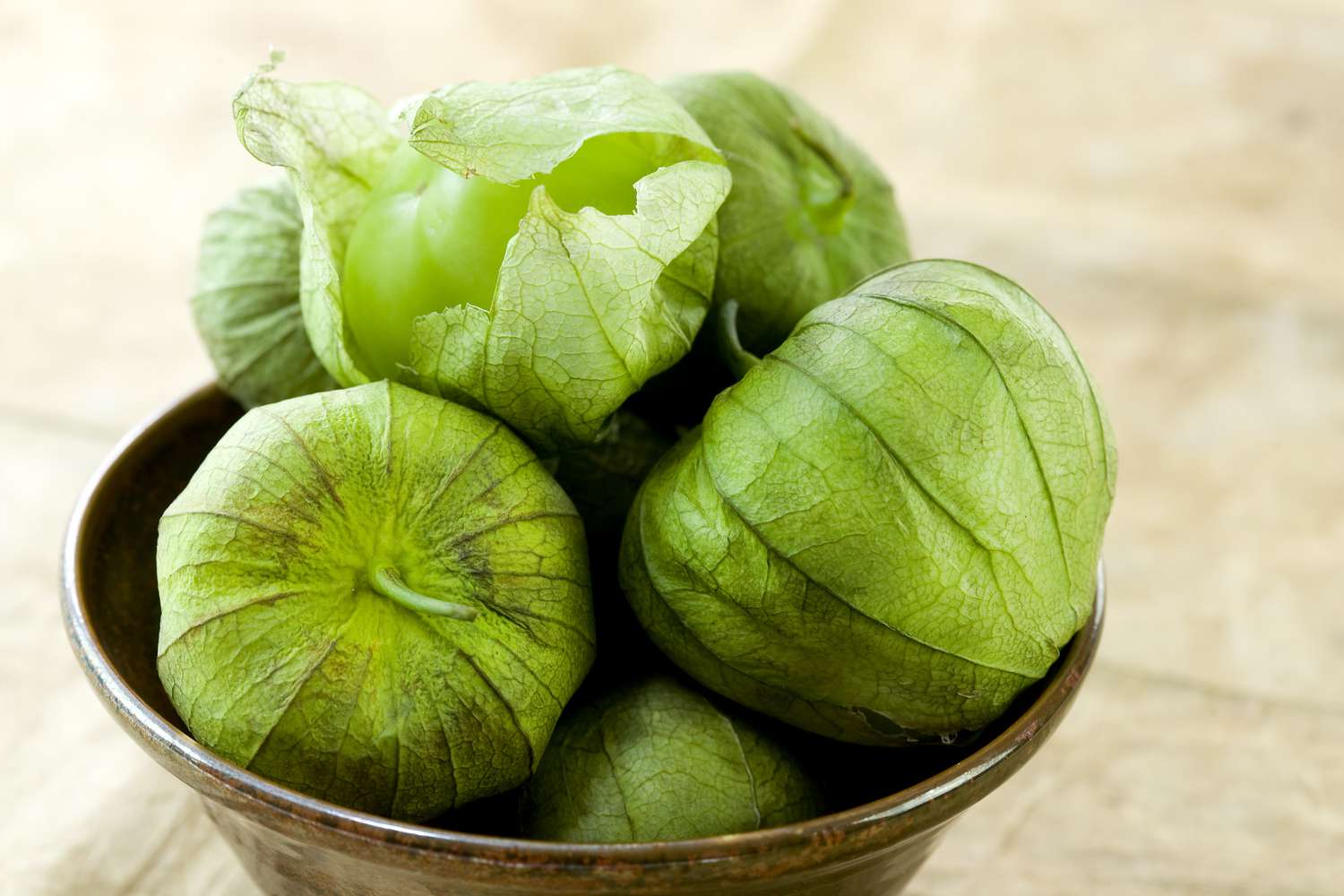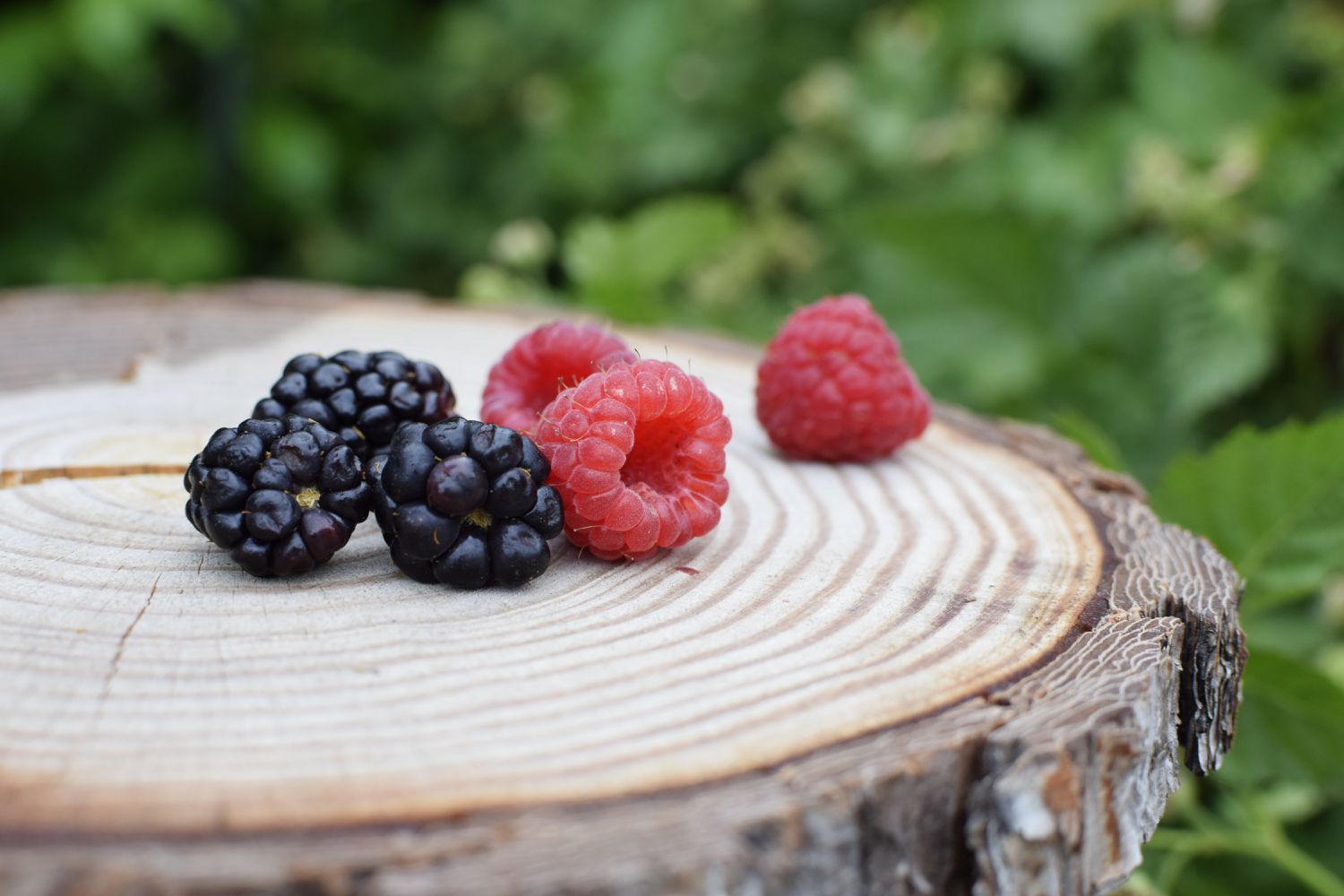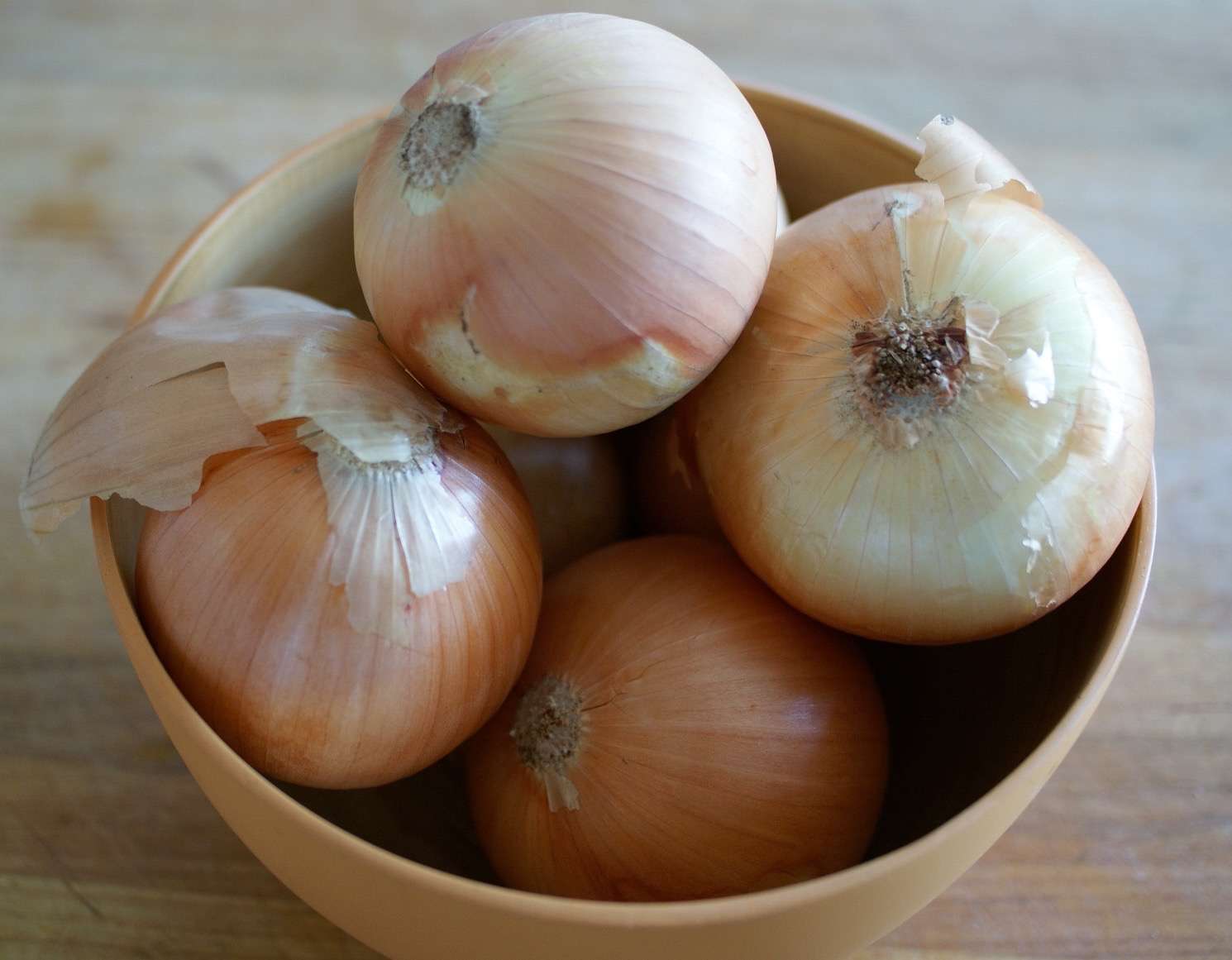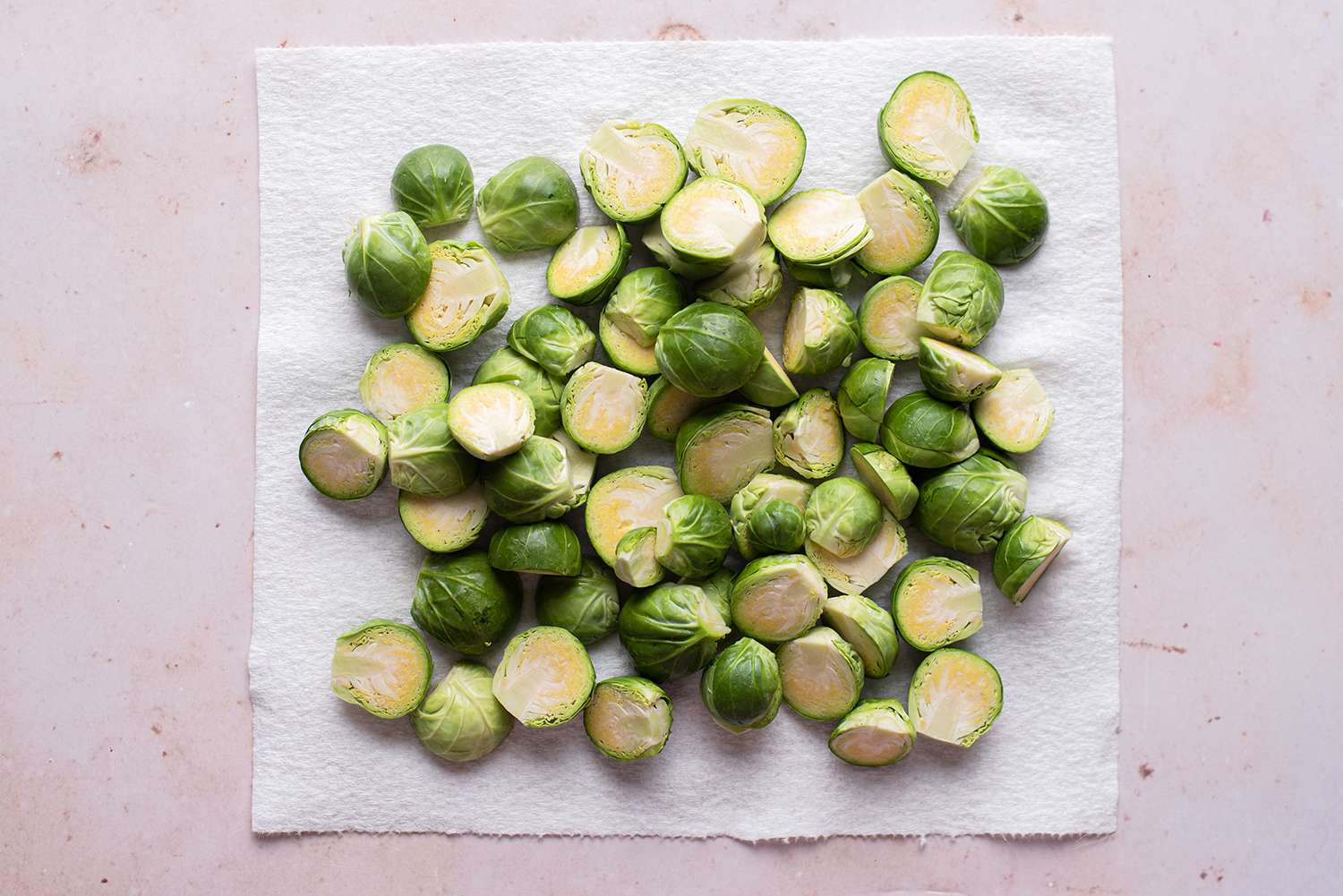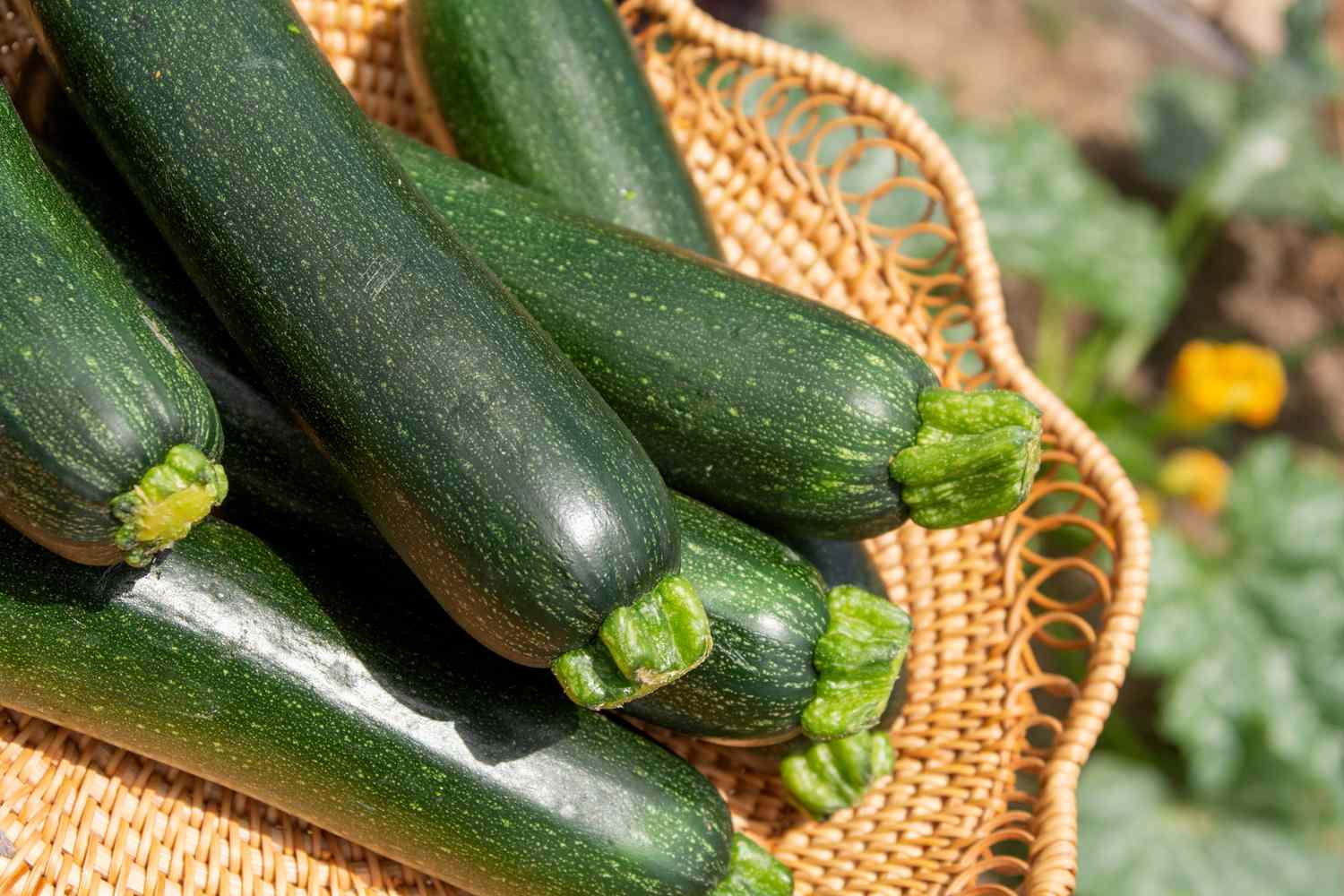What is Butterflying a Steak?
Butterflying a steak is a technique used to create a thinner, larger piece of meat by cutting it horizontally almost all the way through and then opening it up like a book. This technique is often used to create a thinner cut of meat that cooks quickly and evenly, making it easier to stuff, roll, or grill.
Why Butterfly a Steak?
Butterflying a steak can be beneficial for a few reasons:
- Even Cooking: Butterflying a steak creates a thinner piece of meat, allowing it to cook more evenly and quickly.
- Stuffing: A butterflied steak provides a larger surface area, making it easier to stuff with ingredients like cheese, vegetables, or herbs.
- Grilling: Butterflying a steak can help it cook faster on the grill, reducing the risk of overcooking.
How to Butterfly a Steak
Butterflying a steak is a simple process that can be done at home with a sharp knife. Here’s how to do it:
- Choose the Right Cut: Select a thick, boneless steak such as a flank steak, skirt steak, or sirloin steak.
- Prepare the Steak: Place the steak on a clean cutting board and pat it dry with paper towels.
- Cut Horizontally: Using a sharp knife, make a horizontal cut into the steak, stopping about half an inch from the edge. Be careful not to cut all the way through.
- Open the Steak: Open up the steak like a book so that it lies flat on the cutting board.
- Tenderize (Optional): If desired, use a meat mallet to gently pound the butterflied steak to an even thickness.
Recipes Using Butterflied Steak
Once you’ve mastered the art of butterflying a steak, there are countless delicious recipes you can try:
- Stuffed Steak: Fill the butterflied steak with a mixture of spinach, cheese, and garlic, then roll it up and secure with toothpicks before grilling or baking.
- Marinated Steak: Butterfly the steak and marinate it in your favorite blend of herbs, spices, and oil before grilling for a flavorful dish.
- Grilled Steak Salad: After butterflying and grilling the steak, slice it thinly and serve it over a bed of mixed greens with your choice of dressing.
Conclusion
Butterflying a steak is a versatile technique that can open up a world of culinary possibilities. Whether you’re looking to create a quick and flavorful weeknight meal or impress guests at a dinner party, mastering the art of butterflying a steak is a skill that every home cook should have in their repertoire.
Was this page helpful?
Read Next: How To Butterfly Drumsticks
